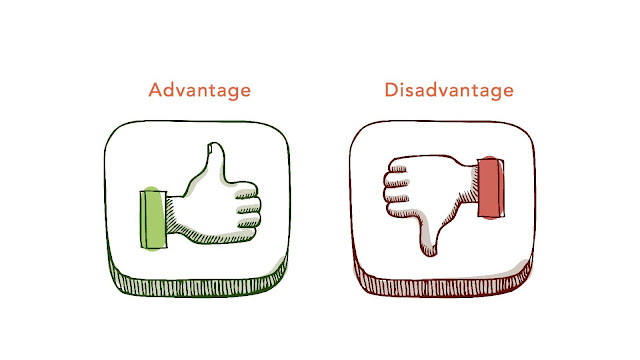 |
| Advantages And Disadvantages Of Zero Defects |
Advantages And Disadvantages Of Zero Defects
What is Zero Defects?
Zero defects is a quality control and management concept that aims to eliminate all defects or errors in a product or service. The goal of zero defects is to achieve a level of quality where no defects occur, which means that every product or service meets customer expectations and requirements without any issues.
The zero defects approach involves identifying and addressing the root causes of defects, rather than just treating the symptoms. It requires a commitment to continuous improvement, and an emphasis on prevention rather than detection.
The concept of zero defects was popularized in the 1960s by quality management expert Philip Crosby. He argued that achieving zero defects requires a cultural shift within organizations, where all employees take responsibility for the quality of their work and are committed to continuously improving processes to prevent defects from occurring.
Advantages of Zero Defects
The advantages of zero defects include:
-
Improved product quality: The most obvious advantage of zero defects is improved product quality. When a product is free of defects, it is more likely to meet customer expectations and requirements, leading to increased customer satisfaction and loyalty.
-
Reduced costs: Zero defects can lead to reduced costs for an organization. By eliminating defects, organizations can reduce the need for rework, repairs, and returns, which can be costly. It can also reduce the risk of product recalls and liability costs.
-
Improved efficiency: Zero defects can improve efficiency by streamlining processes and reducing waste. When defects are eliminated, production processes become more efficient, and employees can focus on value-adding activities.
-
Competitive advantage: Achieving zero defects can provide a competitive advantage by differentiating an organization from its competitors. Customers are more likely to choose a product or service that has a reputation for high quality and no defects.
-
Continuous improvement: Zero defects requires a commitment to continuous improvement. Organizations that embrace this philosophy are more likely to continuously improve their products and services, leading to long-term success.
Overall, the advantages of zero defects include improved product quality, reduced costs, improved efficiency, competitive advantage, and a commitment to continuous improvement.
Disadvantages of Zero Defects
While zero defects has its advantages, there are also some potential disadvantages that organizations should consider:
-
Unrealistic expectations: The goal of zero defects can be difficult to achieve, especially for complex products or services. This can create unrealistic expectations for employees, which may lead to frustration and burnout.
-
Increased costs: While zero defects can lead to reduced costs in the long term, the initial investment in quality control measures and training may lead to increased costs in the short term.
-
Reduced flexibility: Zero defects can sometimes lead to a rigid approach to quality control, which may reduce flexibility and creativity in product development and innovation.
-
Overemphasis on quality: Focusing too much on achieving zero defects can sometimes lead to a neglect of other important business factors such as cost control, innovation, and customer satisfaction.
-
Limited applicability: Zero defects may not be suitable for all types of products or services, and may not be necessary for some industries or market segments.
Overall, while zero defects can lead to improved product quality, reduced costs, and a competitive advantage, it is important to consider its potential disadvantages and applicability to an organization's specific needs and circumstances.






0 Comments:
Post a Comment